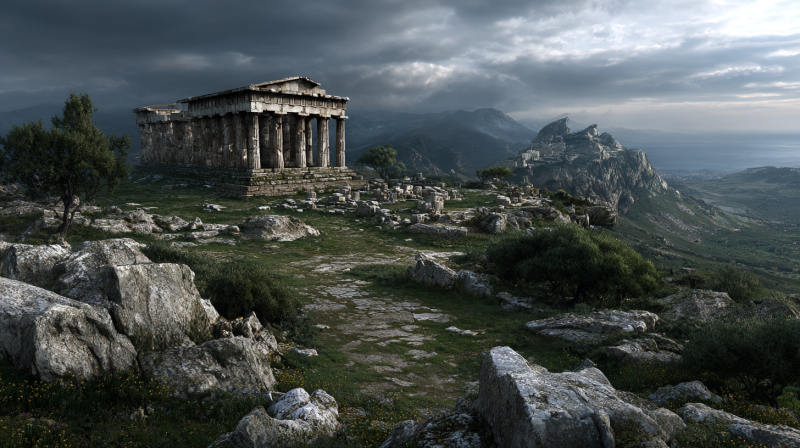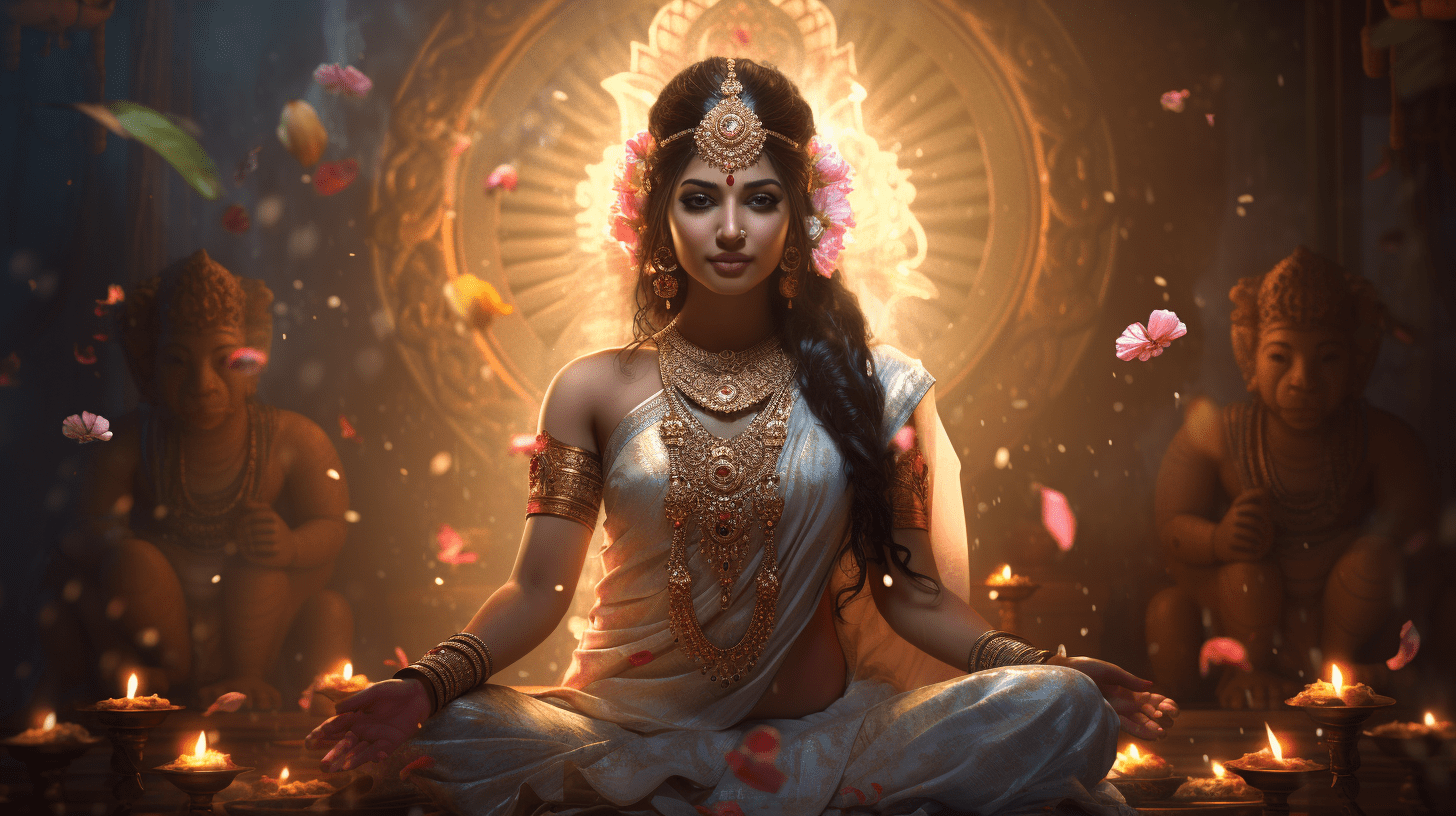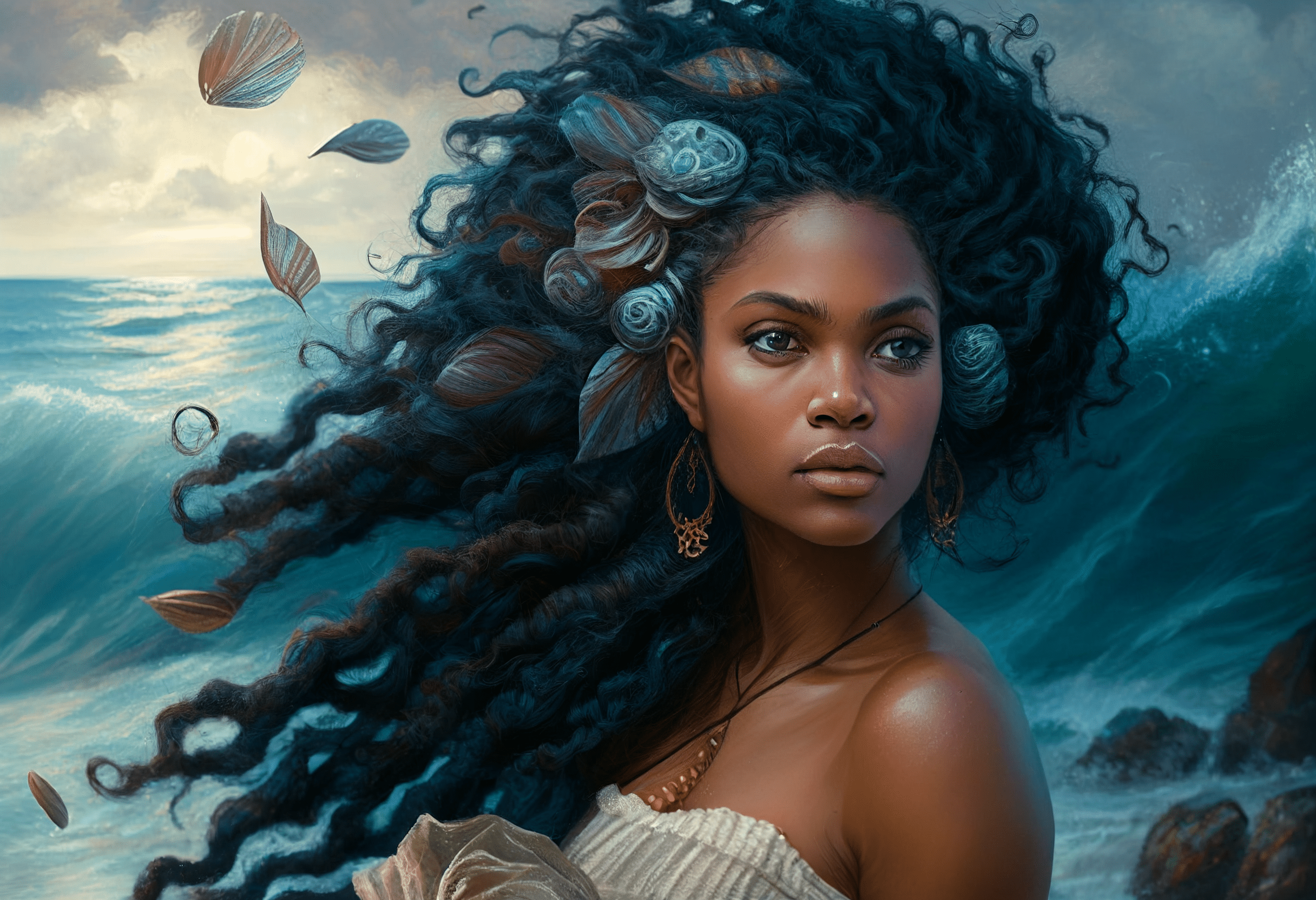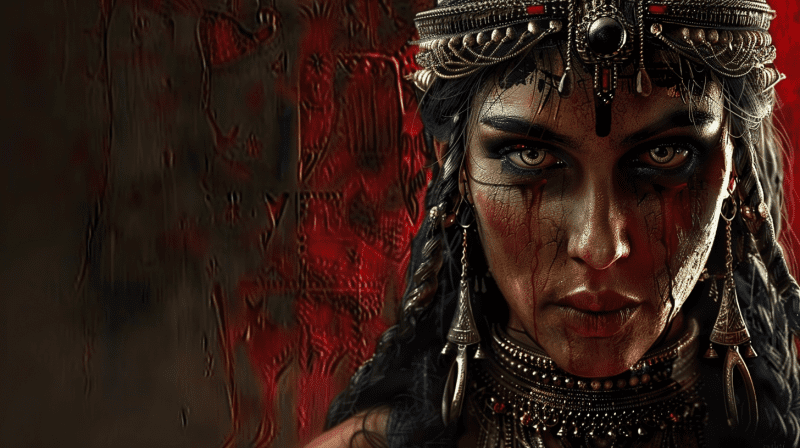Norse mythology, with its intricate tales of gods and legends, unfolds a rich tapestry of ancient beliefs. Among the pantheon of Norse deities, none commands as much thunderous respect as Thor, the god of thunder. In this exploration, we’ll embark on a journey through the realms of Norse cosmology to uncover the captivating lore surrounding the formidable Thor.
The Origins of Thor
Thor’s roots run deep in Norse history, evolving over time into the thunderous figure we recognize today. Born to the All-Father Odin and the earth goddess Fjörgyn, Thor’s familial ties extend across the realms of Asgard and Earth. His persona serves as evidence of the awe that storms inspire worldwide, similar to other thunder gods in mythologies.
Thor’s Attributes and Iconography
Imagine a figure of immense strength and resilience, armed with the legendary Mjolnir, a hammer capable of leveling mountains and summoning lightning. Thor’s iconic weapon, Mjolnir, symbolizes not just destructive power but also protection and consecration. This hammer, adorned with runes and imbued with magic, becomes a focal point for understanding Thor’s prowess and cultural significance.
Thor in Norse Mythology
Thor’s exploits are as numerous as the stars in the night sky. From battling giants to overcoming treacherous monsters, his adventures resonate through the annals of Norse mythology. Loki, the mischievous trickster, often entwines himself in Thor’s tales, adding layers of complexity to the Thunder God’s narrative. Understanding Thor’s role in the cosmic order provides insights into the dynamics of the Norse pantheon.
Thor’s Cultural Impact
In ancient Norse society, Thor wasn’t just a deity; he was a symbol of protection and strength for Viking warriors. His influence permeated every aspect of Norse culture, from rituals to beliefs about the natural world. Fast forward to the present day, and Thor’s thunderous presence can be felt in literature, cinema, and even in the merchandising of his iconic hammer.
Worship and Rituals
The Norse people honored Thor, the god of thunder, in various ways. One common way was through the practice of offering sacrifices to him. This could include offerings of food, drink, and even animals. These sacrifices were often made at sacred sites dedicated to Thor, such as groves or stone circles.
In addition to sacrifices, the Norse people also honored Thor through rituals and ceremonies. These could involve prayers, songs, and dances performed in his honor. They believed that by showing their devotion to Thor, they could gain his favor and protection.
Another way the Norse people honored Thor was through the use of symbols and imagery associated with him. These could include wearing Thor’s hammer pendants or carving his symbol, the Mjölnir, onto objects such as weapons or jewelry.
Overall, the Norse people held Thor in high regard and sought to honor him through various forms of worship and reverence. He was seen as a powerful and important deity, and his worship played a significant role in Norse religious practices.
Exploring the historical practices of worshiping Thor provides a glimpse into the spiritual landscape of ancient Norse societies. Today, modern enthusiasts engage in revivals and reconstructions of Norse pagan practices, keeping the flame of Thor’s worship alive.
Thor’s Place in Popular Culture
From ancient sagas to contemporary blockbusters, Thor’s character has undergone a fascinating transformation. Dive into the world of literature and art to trace Thor’s journey through the ages. Marvel at his on-screen persona in films and TV shows, and explore the myriad ways Thor has become a recognizable symbol in popular culture.
Misconceptions and Interpretations
As with any mythological figure, misconceptions and varied interpretations abound.
One common misunderstanding surrounding Thor is the belief that he is simply a fictional character from Norse mythology. While it is true that Thor is a prominent figure in Norse mythology, he has also been adapted into popular culture through various forms of media, such as comic books, movies, and television shows. This has led to some confusion about whether Thor is a purely mythical figure or a fictional superhero.
Another common misunderstanding is the conflation of Thor with the Marvel Comics version of the character. While the Marvel Comics version of Thor draws inspiration from Norse mythology, it is important to recognize that there are significant differences between the two. For example, in Norse mythology, Thor is depicted as a red-haired, bearded warrior, while the Marvel Comics version often portrays him as a blonde, clean-shaven superhero.
Additionally, there is a misconception that Thor is simply the god of thunder. While it is true that Thor is associated with thunder and lightning in Norse mythology, he is also a complex figure with a wide range of attributes and responsibilities. In addition to being a powerful warrior, Thor is also associated with protection, fertility, and the sanctity of marriage.
It is important to recognize and understand these common misunderstandings surrounding Thor in order to appreciate the depth and complexity of the character, both in mythology and in popular culture. By gaining a more nuanced understanding of Thor, we can better appreciate the rich cultural and literary traditions from which he originates.
Reconciling historical Norse beliefs with modern perspectives adds layers of complexity to understanding Thor’s enduring legacy.
In conclusion, Thor stands as a colossal figure in Norse mythology, transcending time and cultural boundaries. His thunderous presence, whether in ancient rituals or on the silver screen, continues to captivate and inspire. As we unravel the layers of Thor’s character, we find a deity whose legacy remains eternally embedded in the collective imagination of those who seek to understand the mysteries of the Norse cosmos.





